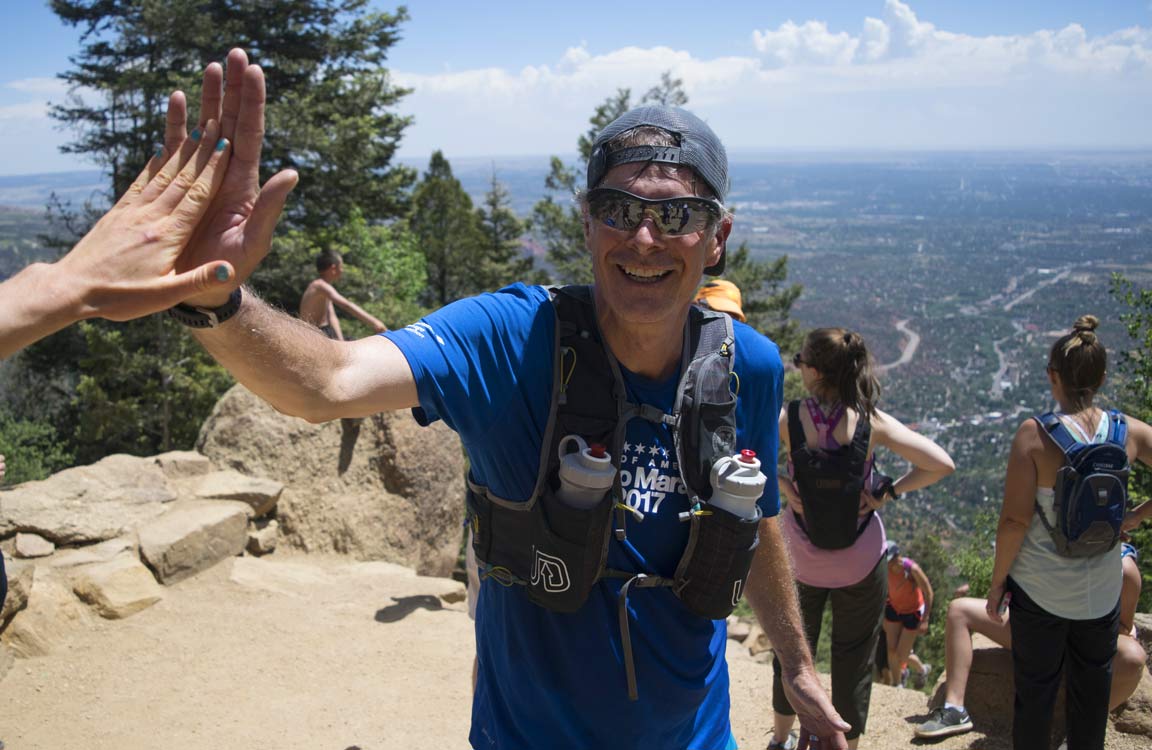
The Best Change For Your Ultramarathon Training
By Jason Koop,
CTS Coach
Author of “Training Essentials for Ultrarunning”
For many ultramarathon runners, the event season is done and lottery season has started. Buckles were earned and many gels consumed during the course of your endeavors. Even after a healthy amount of rest you have great fitness from months of spring and summer training, and now there is no pressure of a goal event in the near future. This makes fall a great time to create a shift in your ultrarunning mindset, away from being an event-to-event runner and toward being a complete athlete.
Event-to-Event Training
Training from event to event is like living paycheck to paycheck. It works, as long as nothing goes wrong. For the health of your household, it is preferable to reach the point where you have enough savings to cover an unanticipated emergency, like a $1500 car repair, without disrupting the normal family budget. Having money in the bank provides a buffer that helps minimize the financial impact when things go wrong.
For ultramarathon runners, training event to event means most workouts focus on the specific demands of the next event on the calendar. You do enough just to squeak by come race day. This type of training can be successful if you are diligent and consistent. But if anything goes wrong, such as illness or an unanticipated work trip, there is no buffer of built up training. Inevitably, your race will suffer the consequence.
Think beyond your next event
Training from event to event is perfectly normal for athletes as they get started in any endurance sport. As athletes progress, I encourage them to shift their mindset and see themselves as an athlete first and a racer second. Be an athlete who happens to compete in running races, rather than a runner who races. It sounds like semantics, but it’s an important distinction that changes a person’s actions.
Ultrarunners who seem to be able to jump into a 50-miler on a whim and still finish and have fun are not genetic freaks. They are athletes who maintain training habits that minimize large fluctuations in fitness throughout the year. If you stay ready, you don’t have to get ready.
When you minimize the amount of fitness you lose during periods when you’re not explicitly training for an event, you begin your event-focused training from a higher starting point. This means you don’t waste as much time regaining fitness just to get back to where you were before, and also means you have the opportunity to achieve higher fitness peaks each time.
Do not mistake this philosophy for a call to stay race fit year round. That is a very bad idea. Everyone needs rest periods and time away from structured training. Fitness should fluctuate during the year, including period when fitness drops. The key is to keep the drop from your best to worst fitness to about 10%, not 30% or more.
Using fall fitness for adventures is the perfect way to retain the vast majority of your fitness. Fitness is easier to keep than it is to create. As long as you incorporate some challenging efforts at or above lactate threshold, you will typically generate enough of a training stimulus to retain most of the fitness you have, even if you reduce your running frequency and total weekly hours.
► Free Ultrarunning Training Assessment Quiz
Take our free 2-minute quiz to discover how effective your training is and get recommendations for how you can improve.
Build your bank account
Being an athlete first and a racer second allows you to play the long game. It means preparing for an event is a matter of changing focus, gaining some fitness, and incorporating more event-specific training, rather than initiating a major increase in workload in order to gain basic fitness.
Putting fitness in the bank is the best defense against unanticipated disruptions. An athlete I coach failed to finish the Leadville 100 Run twice. When I initially began working with her and reviewed her training, it was clear she was training ‘paycheck to paycheck’, building fitness weeks in advance of each race she would do. Every year, her fitness was on track until March or April, and then an “all hands on deck” work project would monopolize her time for at least four weeks and her fitness would fall apart. The third year we built her training to anticipate that work project, pushing harder to maximize her fitness early in the year so we could deal with the inevitable work project more calmly. That year, she finished.
Enjoying This Article? Get More Free Running Training Tips
Get our coaches' best training advice, delivered straight to your inbox weekly.
More often than not, athletes training between 6 and 12 months lose 3-4 weeks somewhere along the line. The resulting problem is two-fold; they lose fitness and create a time crunch to get prepared for their event. More fitness in the bank means you’re more resilient. You’re able to make adjustments for training disruptions from illness, injury, a work project, or a family crisis, and still get back on track for a good outcome.
The long game is perhaps most important when you are waiting on lottery results to know what events you are training for. Rather than wait and only have 4-5 months to prepare, I encourage athletes to train as if they have an entry. It’s great if they actually get one, and if they don’t they just have more fitness to direct toward another event.
When you are an athlete first, you’re more prepared for anything you decide to do.


Comments 5
Pingback: We asked Santa what runners really want for Christmas, and it's not more stuff. - Jason Koop
Pingback: Jason Koop on Coaching Competence and Smarter Training | Strength Running
Pingback: How to Play the Long Game in Ultrarunning - Jason Koop
Pingback: Top 4 Training Lessons from Top Ultrarunning Pros - Jason Koop
Hey, I know that guy in the photo at the top of Manitou Incline! Taken during a very fun filled weekend at CTS Memorial Day Ultra Running Camp May 2018, lots of important lessons learned, many in this article!